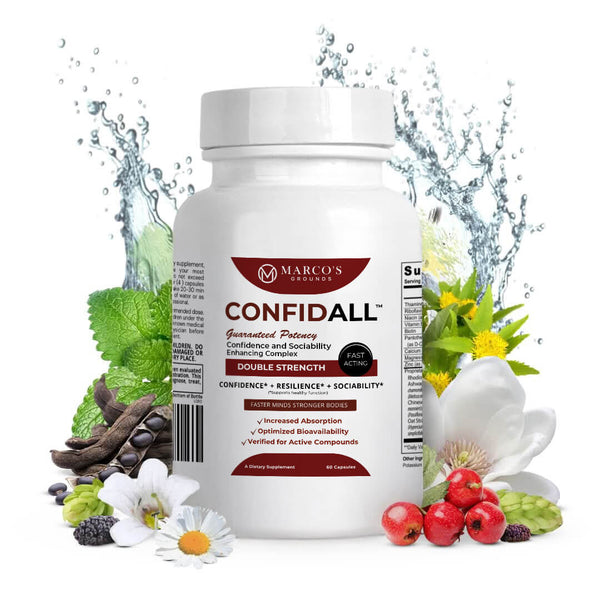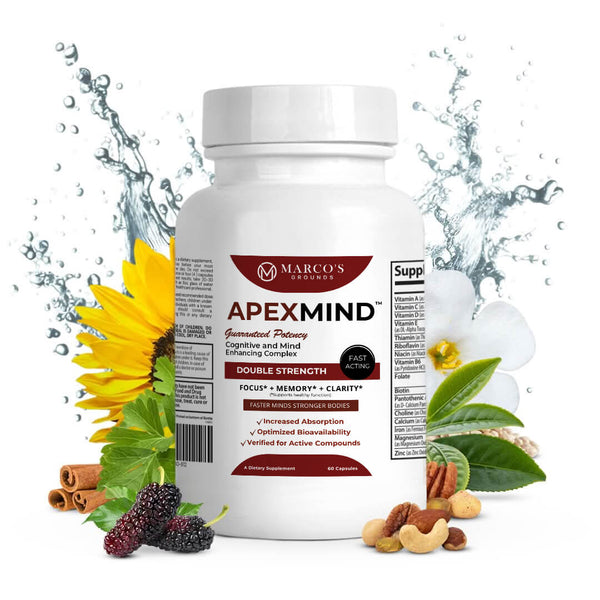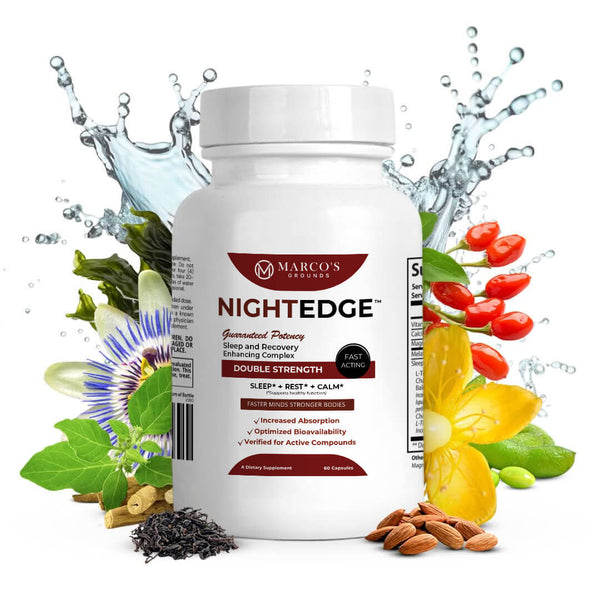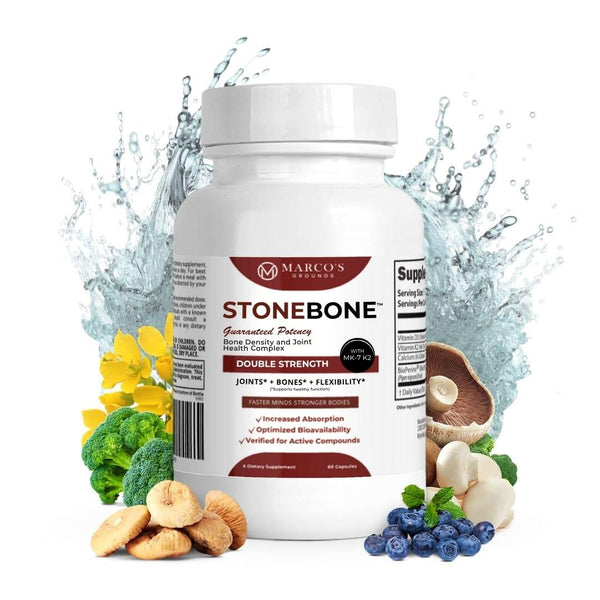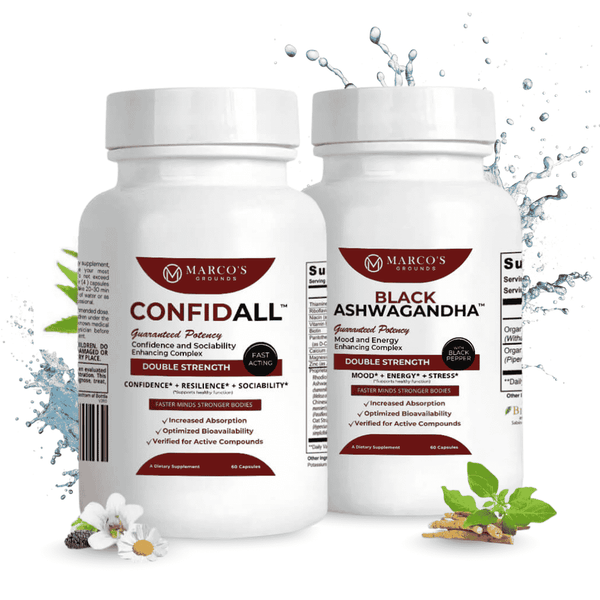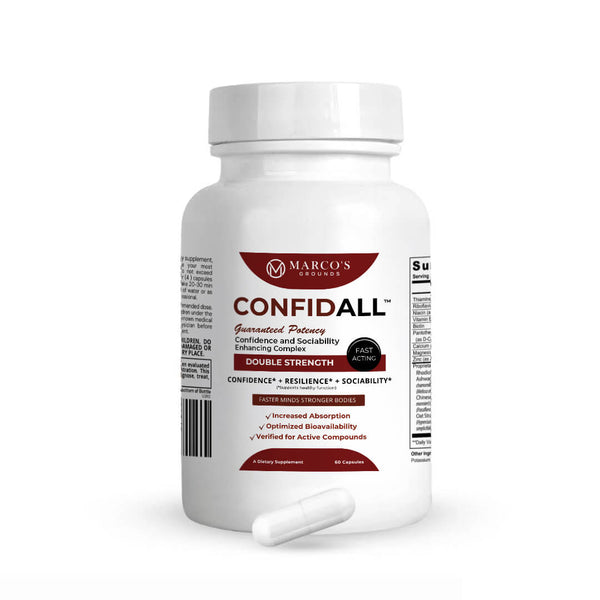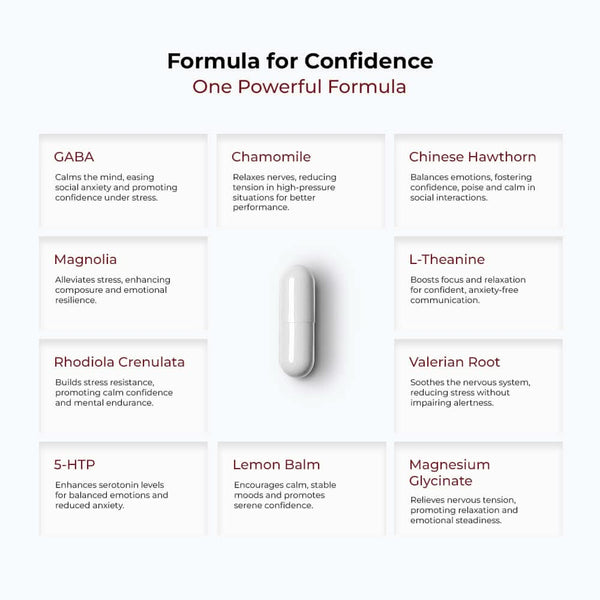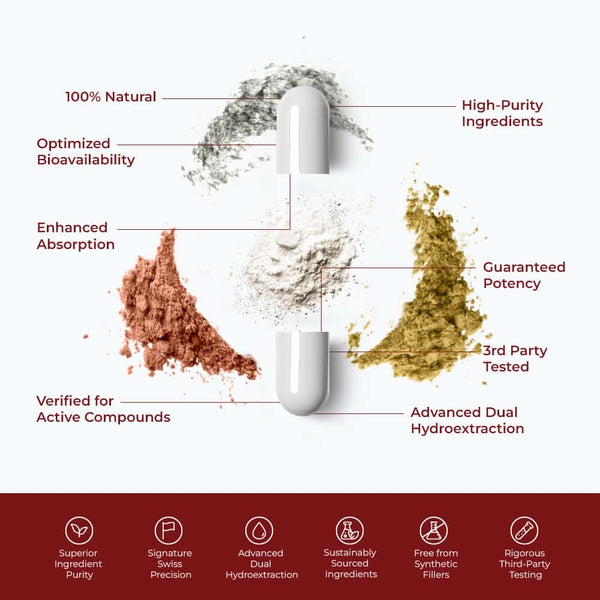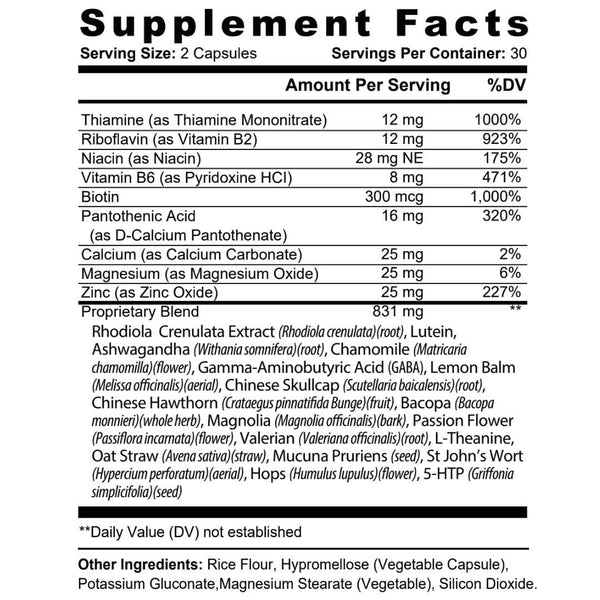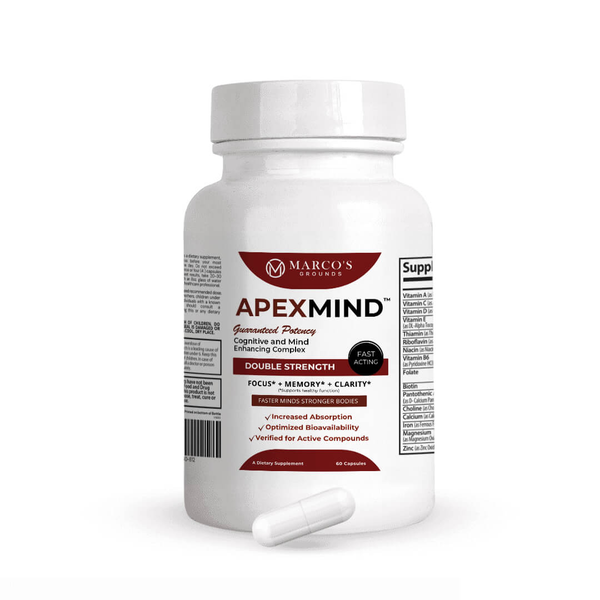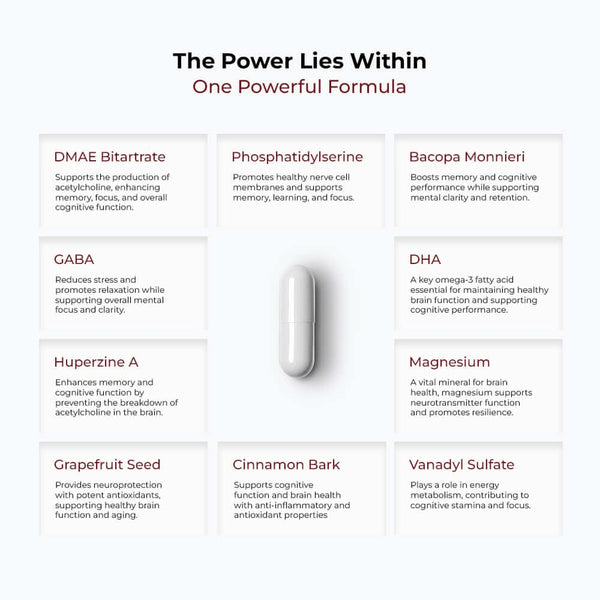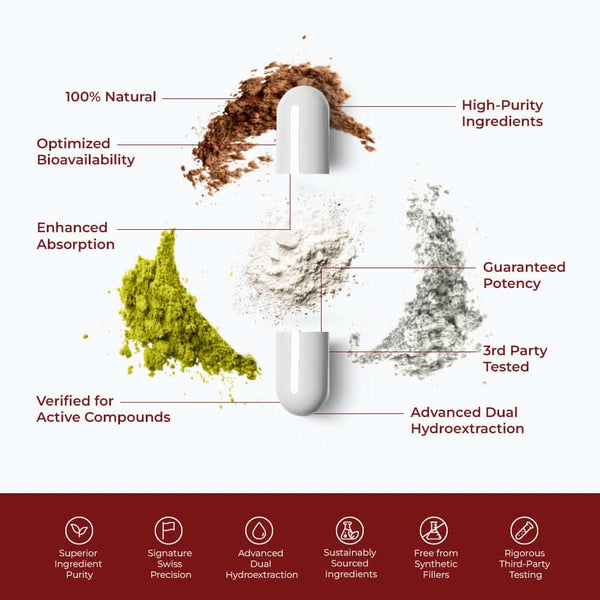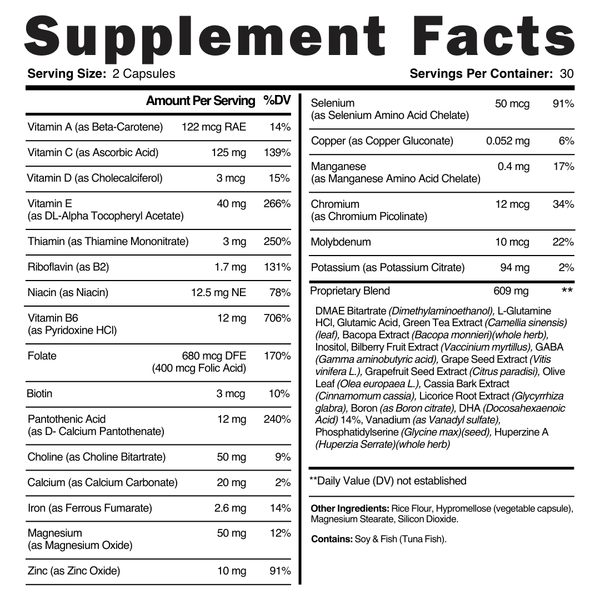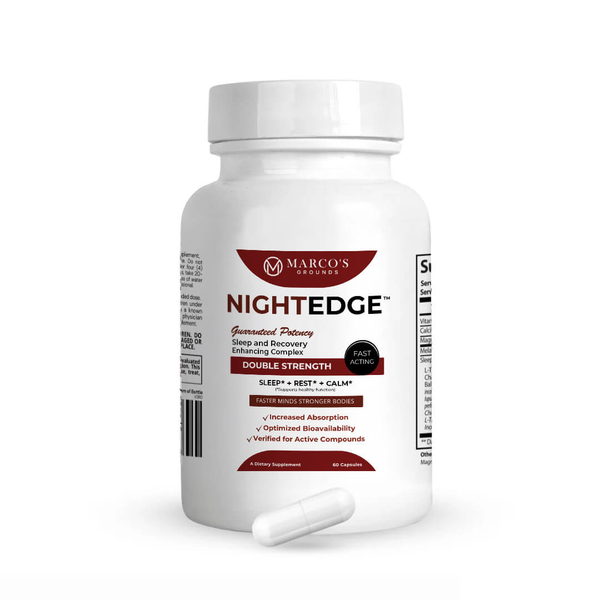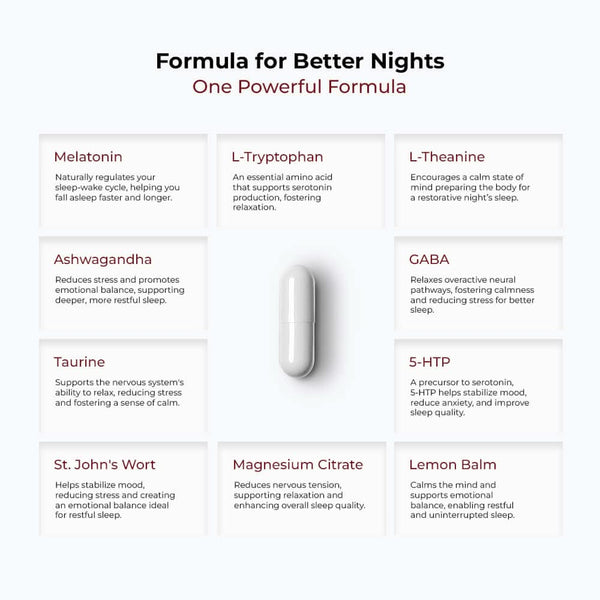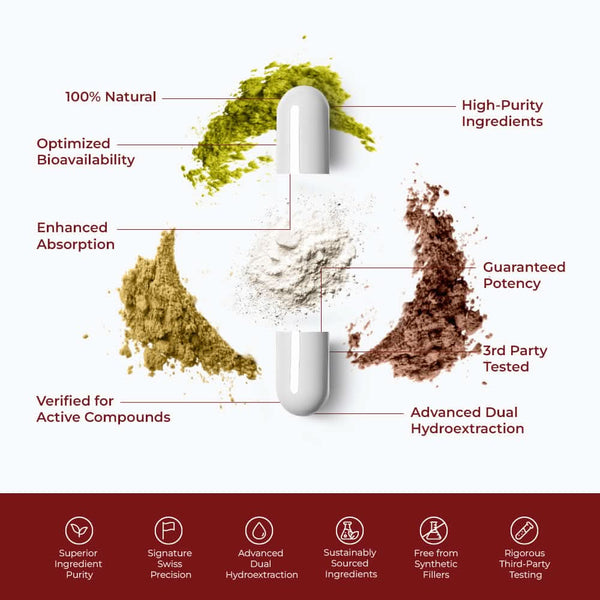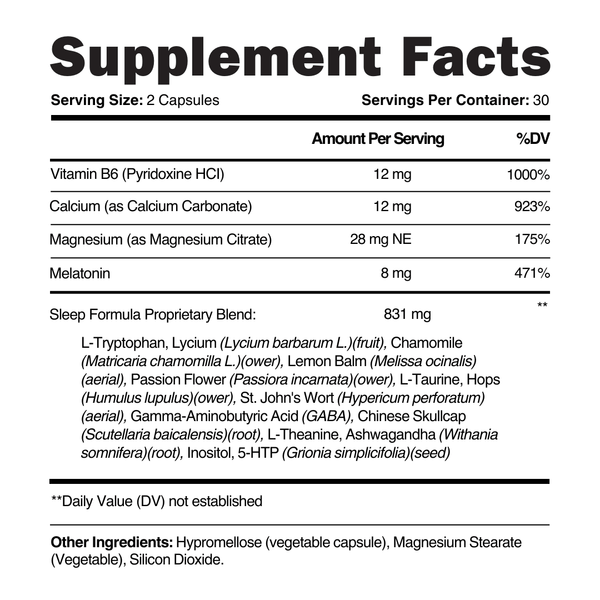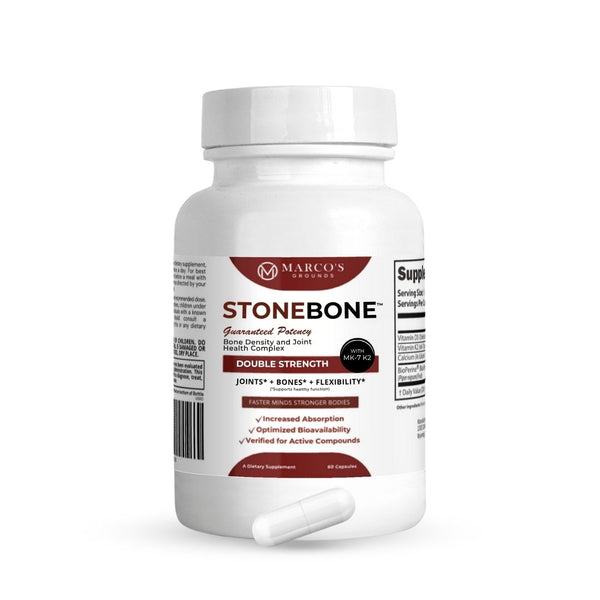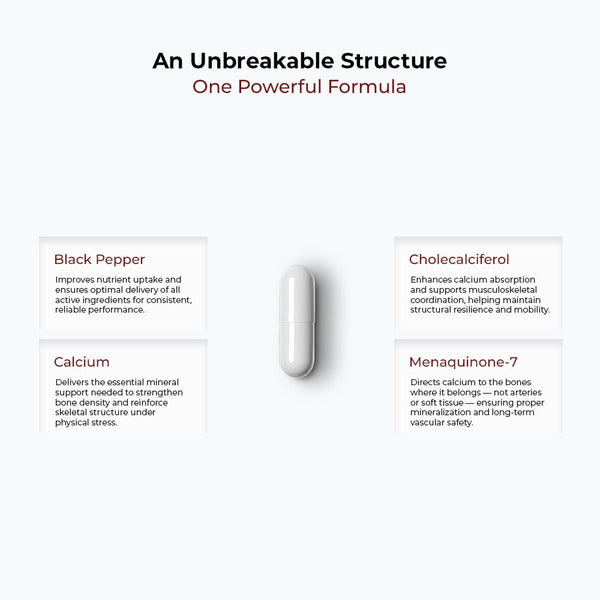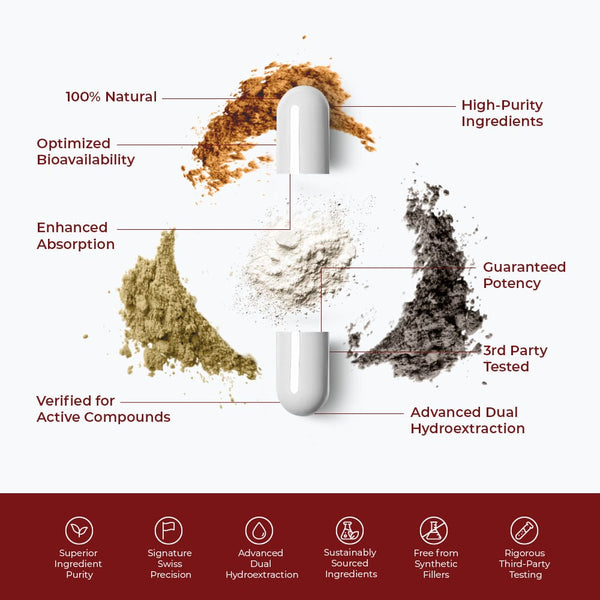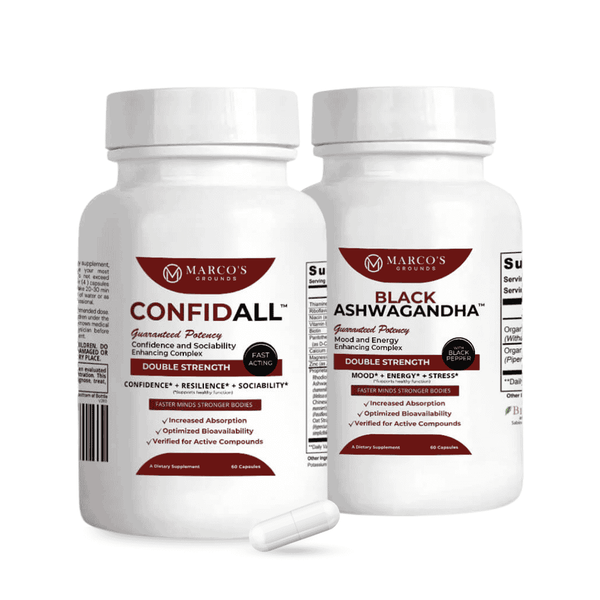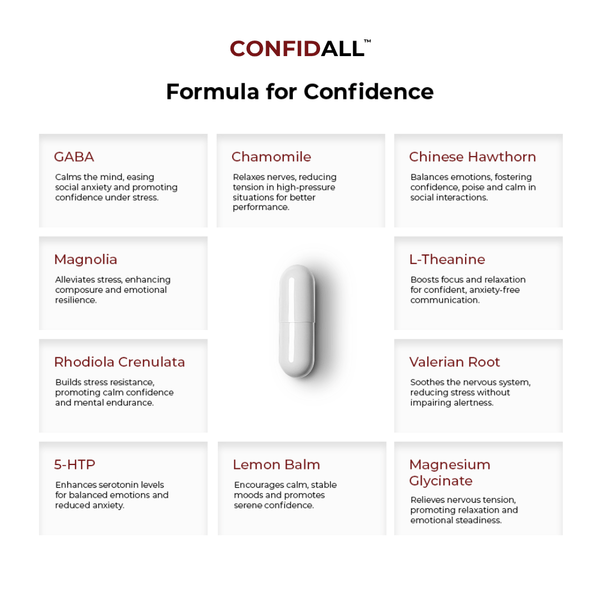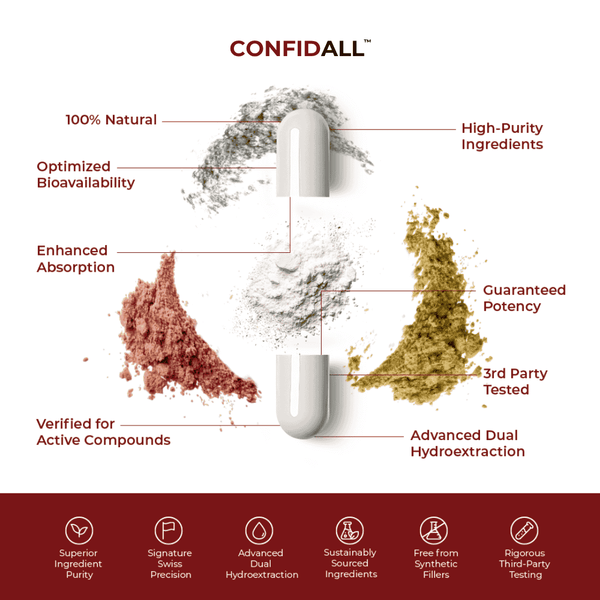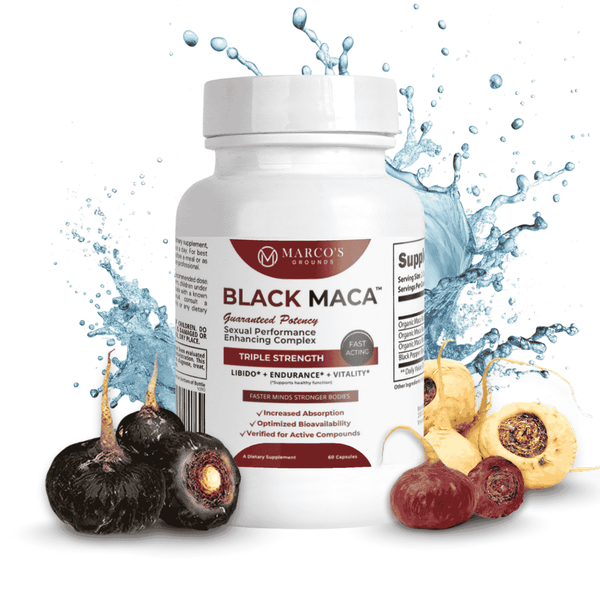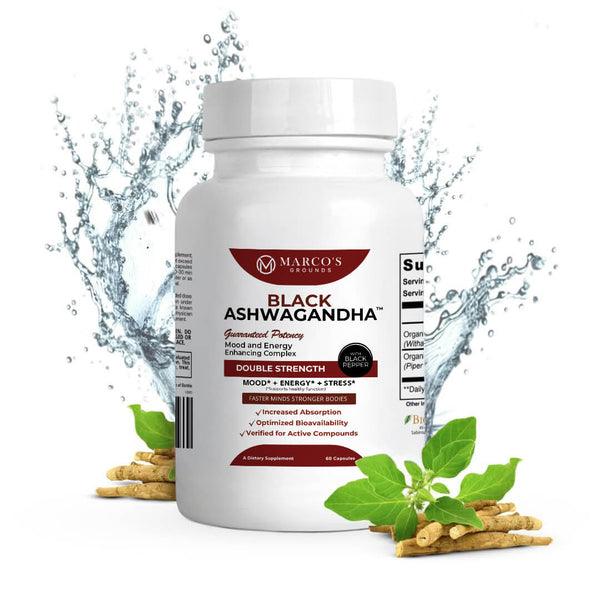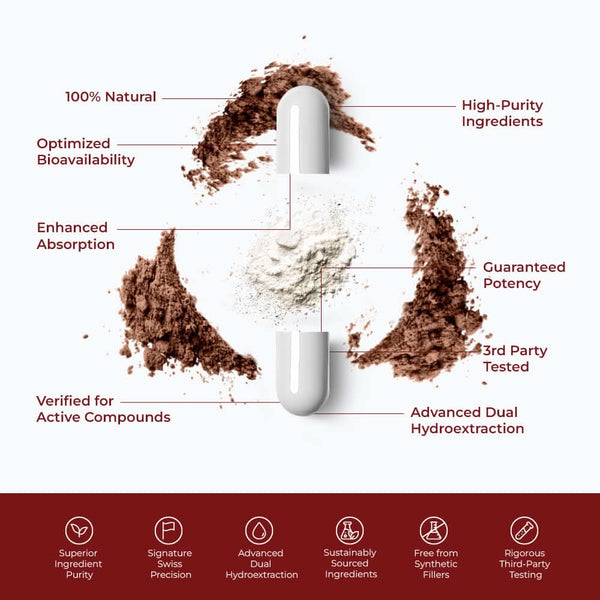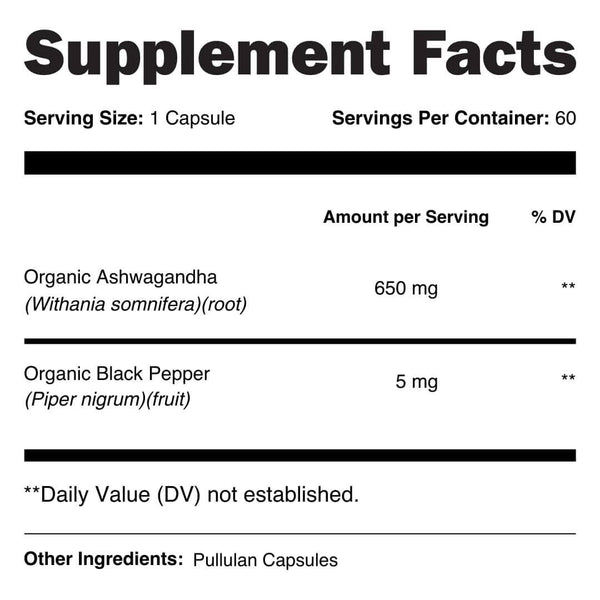Overview
Chinese Hawthorn (Crataegus pinnatifida) is a revered adaptogenic herb traditionally valued in Chinese medicine for its profound calming effects, stress-relieving properties, and cardiovascular support. Rich in antioxidants, polyphenols, and bioactive compounds, it provides gentle yet powerful support to the nervous system, heart, and digestive tract. Today, Chinese Hawthorn is a favored botanical for enhancing resilience to stress, promoting emotional calm, and soothing digestive discomfort—supporting holistic wellness and tranquility.
Other Common Names
- Shan Zha
- Crataegus pinnatifida
- Chinese May Tree
- Mountain Hawthorn
- Chinese Hawthorn Fruit
Top Benefits
- Calms the nervous system and reduces stress
- Supports emotional balance and mental clarity
- Promotes cardiovascular health
- Enhances digestion and gut comfort
- Provides antioxidant protection
What Is Chinese Hawthorn?
Chinese Hawthorn is a small deciduous tree native to East Asia, primarily cultivated in China and Korea. Traditionally celebrated in Chinese medicine for harmonizing the body's vital energies, Chinese Hawthorn’s bright red fruits have long been used to promote relaxation, soothe digestive discomfort, and fortify heart health.
Scientific research underscores these traditional uses, showing Chinese Hawthorn’s potent calming effects, cardiovascular benefits, and ability to ease digestion—especially after heavy meals. These benefits derive from its flavonoids, procyanidins, and phenolic acids, which provide robust antioxidant, anti-inflammatory, and adaptogenic support, helping the body and mind better respond to daily stressors.
Marco’s Grounds™ Chinese Hawthorn Sourcing
At Marco’s Grounds™, our Chinese Hawthorn fruit is source from a family-owned farm in Yantai, China — a region celebrated for its ideal growing conditions and nutrient-rich soil.
Our standardized extract ensures a high concentration of active compounds, such as flavonoids and procyanidins, delivering potent and consistent cardiovascular and digestive health benefits with every dose.
Chinese Hawthorn Dosing Principles and Rationale
Clinical studies support using 250 to 500 mg of standardized extract daily for calming and cardiovascular benefits, with higher doses safely used when needed. At Marco’s Grounds™, we adhere strictly to hormetic dosing principles to optimize efficacy, ensuring each formulation effectively enhances stress resilience and promotes calm without overstimulation.
Chinese Hawthorn Key Mechanisms
1. Cardiovascular Health
-
Improves blood flow: Enhances coronary artery circulation, supporting heart function [1].
-
Regulates blood pressure: Helps maintain healthy systolic and diastolic levels [2, 3].
-
Reduces cholesterol: Lowers LDL and increases HDL cholesterol [4].
-
Anti-inflammatory: Reduces inflammation markers linked to heart disease [5].
2. Digestive Support
-
Stimulates gastric enzymes: Improves digestion by increasing bile secretion and enzymatic activity [6].
-
Reduces bloating: Alleviates discomfort after heavy or fatty meals [7].
3. Antioxidant Protection
-
Neutralizes free radicals: Rich in flavonoids and procyanidins that fight oxidative stress [8].
-
Anti-aging properties: Reduces tissue damage and supports cellular longevity [9].
4. Blood Sugar Regulation
-
Stabilizes blood glucose: Helps modulate post-meal blood sugar spikes and improves insulin sensitivity [10].
Synergies with other Marco’s Grounds™ Ingredients
-
Magnesium – Enhances vascular relaxation and helps reduce blood pressure, complementing Chinese Hawthorn’s effects on heart health.
-
Rhodiola Crenulata – Works synergistically to support cardiovascular function and reduce stress on the heart.
-
Vitamin B6 – Supports healthy blood flow and enhances Chinese Hawthorn's effects on circulatory health.
References
- Pittler, M. H., & Ernst, E. (2008). Hawthorn extract for treating chronic heart failure: Meta-analysis of randomized trials. American Journal of Medicine, 114(8), 665–674.
- Tauchert, M. (2002). Efficacy and safety of Crataegus extract WS 1442 in chronic heart failure. Phytomedicine, 9(6), 422–423.
- Walker, A. F., et al. (2002). Hypotensive effects of hawthorn in diabetic patients taking medication. British Journal of General Practice, 52(482), 946–947.
- Tassell, M. C., et al. (2010). Hawthorn (Crataegus spp.) in the treatment of cardiovascular disease. Evidence-Based Complementary and Alternative Medicine, 2010(2), 1–8.
- Edwards, J. E., et al. (2012). A systematic review of the efficacy of Crataegus in cardiovascular disease. Phytotherapy Research, 26(10), 1500–1513.
- Pan, C. H., et al. (2015). Anti-inflammatory and digestive enzyme-stimulating effects of Chinese Hawthorn. Food & Function, 6(3), 959–967.
- Wang, L., et al. (2014). Effect of hawthorn on digestion and lipid metabolism. Journal of Ethnopharmacology, 155(1), 6–15.
- Jayalakshmi, R., et al. (2011). Antioxidant activity of Crataegus pinnatifida. Food Chemistry, 127(3), 1200–1207.
- Li, J., et al. (2013). Anti-aging effects of hawthorn flavonoids. Journal of Medicinal Food, 16(6), 501–508.
- Zhang, Z., et al. (2011). Antidiabetic effects of Crataegus pinnatifida in experimental models. Phytotherapy Research, 25(8), 1163–1168.
